Mathematical Models
The tools to compose solutions
Reading Time: 5 minutes
Post published on 31/12/2020 by Donata Petrelli and released with licenza CC BY-NC-ND 3.0 IT (Creative Common – Attribuzione – Non commerciale – Non opere derivate 3.0 Italia)
I love music and I couldn’t do without it in my life. It has always been with me and it can help me in different situations: to focus me in my work but also to distract me, to relax me but also to spur me on in my running, to make me emotional but also to entertain me.
Music has great power. Through different melodies it can enrich our souls and mark important stages in our lives.
I like to think of my Data Scientist work as that of a composer. The notes, scales and tempos are there to be composed and make melodies. Melodies serve our purposes: relaxation, concentration, enjoyment, etc.
In my case, the melody is the problem to be solved, a complex situation to be studied, analyzed to find the optimal solutions. The tools you have at your disposal, the algorithms, are the notes. The composition of the notes in their scales and with their times are the use of models.
Thus, mathematical models are at the heart of problem solving. In order to understand a little more about what they are and how they can be used, I thought I would write this introductory article that I hope will be of help to all “composers” of solutions.
What is a Math Model
When there is a real problem, often complicated situation, that should be solved we need a logical schema for its solution. A simple and synthetic representation of real phenomenon is called “Model of phenomenon” or “Mathematical model”. Thanks to that we can represent a real situation and obtain, by using it, some outcomes that represent the best informations for our problem. And … the informations are the new gold!
Outside it’s full of data. Without the models they would be just numbers.
The models will transform those in information and we will transform that into knowledge.
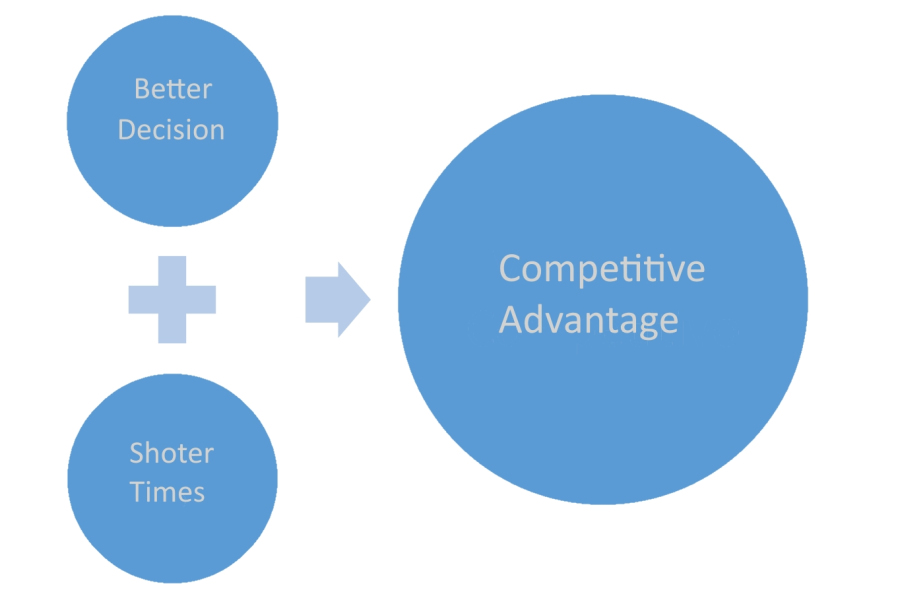
How it’s made
When we write a Model, the first thing to do is understand what are its parts and then to name the parts. These parts, in a mathematical model, can be fixed numbers at any time or they may vary.
In this first case we said Constants. In the second Variables.
The variables are numbers that change at any time and, in this way, they describe the real phenomenon. If the variation is independent by any other phenomenon eventually, it is an independent variable. Otherwise, it is a dependent variable.
If it is a number that doesn’t change at all the time then it is a constant.
After identifying the parts, we need to find what kind of relationship there is between them. In this case, there are two possibilities: the relationship is a human hypothesis or is found by machine. For this reason we distinguish into different types of Models
Kinds of Models
When we have to describe a real phenomenon, we have to know the relationship between variables. We have to know if exist a cause-effect relationship and its nature.
Who does find the relation? The people or the machine?
The first case is a manual model, in the second an automatic model. In reality we often need a hybrid solution, that is a mixed model.
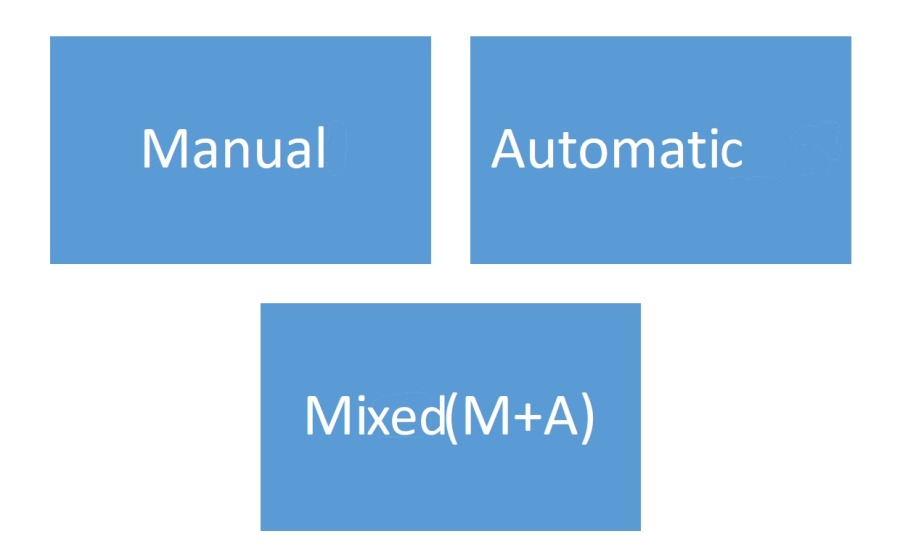
Manual models
We can use models based on mathematical logic or statistic logic or both of them. In this cases the analysis of real phenomenon is based on scientific method essentially.
An example of math model is a Regression Model where the logic is to find the best relation of values that make minimum the distance of the real values and estimated values. This relation is a function approximation with these we find any future values. These functions can be a simply linear equation or polynomial equations or exponential equation. Any of model have it index of “goodness”, R-squared. This is a measure of how close the data are to the fitted regression line.
Another type is “Adaptive Model”. In this case the historical data have a lot of importance because the present value is the expression of their evolution in all time. In this category there are the time series. Time series analysis comprises methods for analyzing time series data in order to extract meaningful statistics and other characteristics of the data.
AI model
The typical automatic model is a model based on Artificial Intelligence algorithms.
In this case the machine takes data, it processes it and returns the result by itself, without the human interpretation.
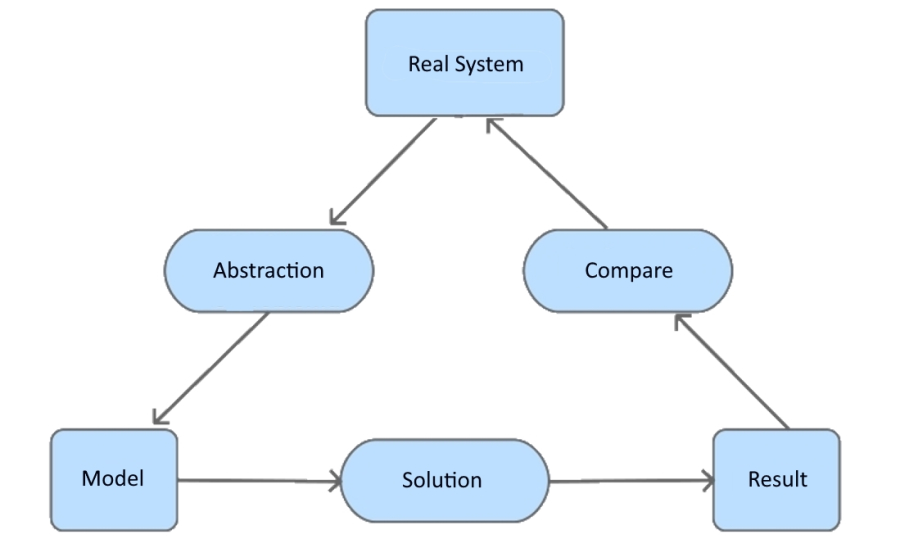
How it works
An AI model works making three phases:
- Training: this is the first phase. The model takes data set as examples of results. It will learning by this data set to make a reasoning.
- Outcomes: in a second moment, the model puts some results. This outcome will be compare with real values.
- Optimization: in base of outcome, we can optimize the model. The previous results will be the new data for the training
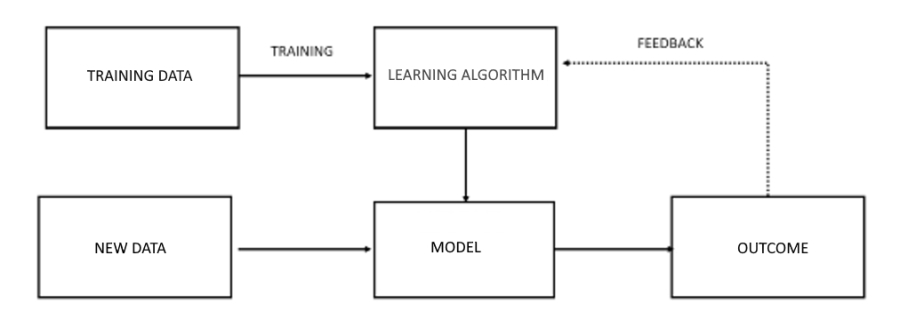
These phases are continuously. The final goal is obtain a model that represent the best logic resolute of our initial problem.
Reason engine
And so … what kind of model do we select? What is it the best?
Everything and Nothing!
A specific model is indicated to solve a specific question. For example, the regression model can be applied in predicting a continuous value from input series data. Instead, if you have to predict a class from input data then you should create a model that predict a class (classification). You maybe use a clustering method when you haven’t a specific and default classification as outcome.
The best solution is usually the combined use of them, a hybrid solution that consists into a mixer of math, stat and AI models.
This is the nature of a reason engine!
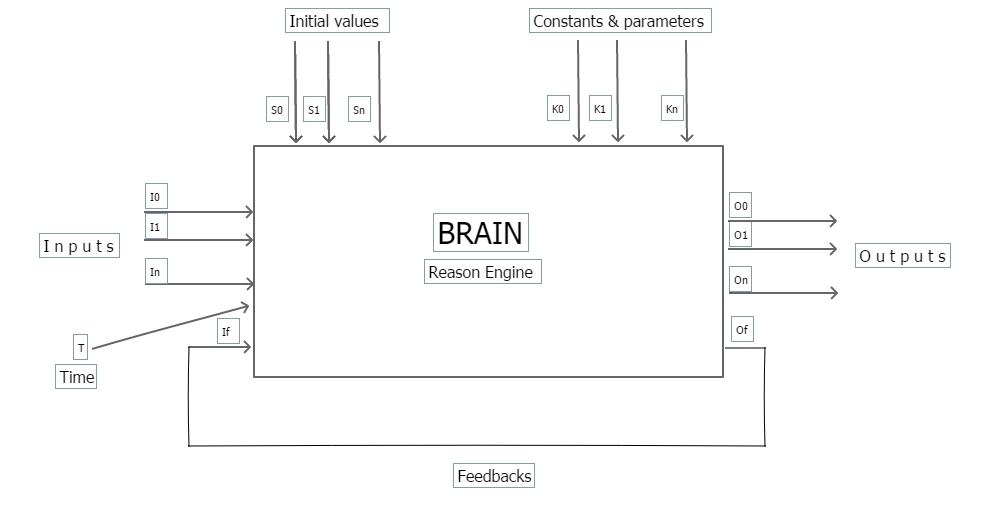
Conclusion
The use of the models allows to obtain benefits in various aspects. The author of the book ” The Model Thinker” uses the acronym REDCAPE in order to illustrate the more important uses:
- Reason: To identify conditions and deduce logical implications
- Explain: To provide (testable) explanations for empirical phenomenon
- Design: To choose features of institutions, policies and rules.
- Communicate: To relate knowledge and understanding.
- Act: To guide policy choices and strategic actions.
- Predict: To make numerical and categorical predictions of future and unknown phenomena
- Explore: To investigate possibilities and hypotheticals.
In summary, models are very powerful tools to assist, in many circumstances, those who need to solve problems specific to their reality and needs.
Do you use models? How are they useful to you?



